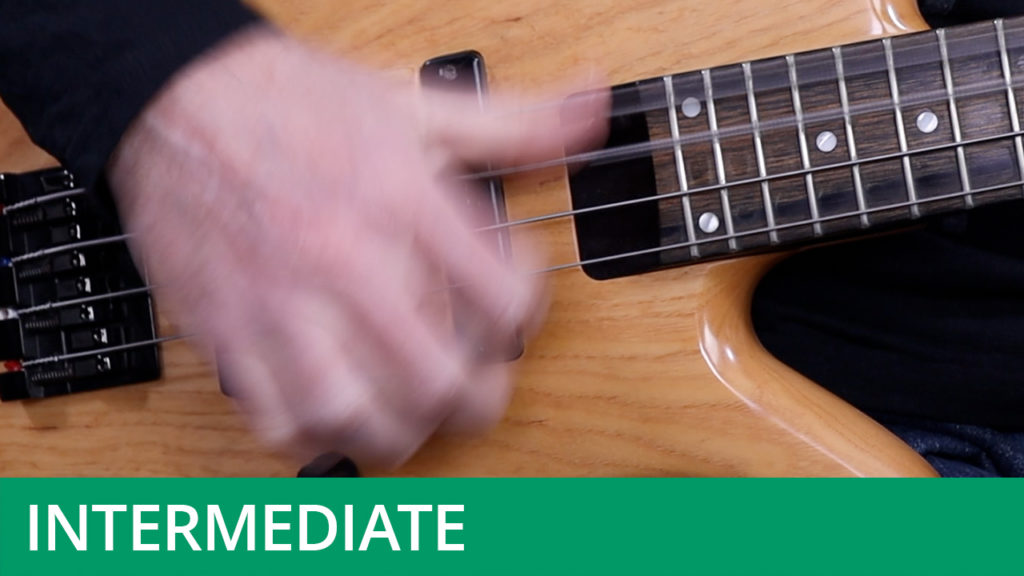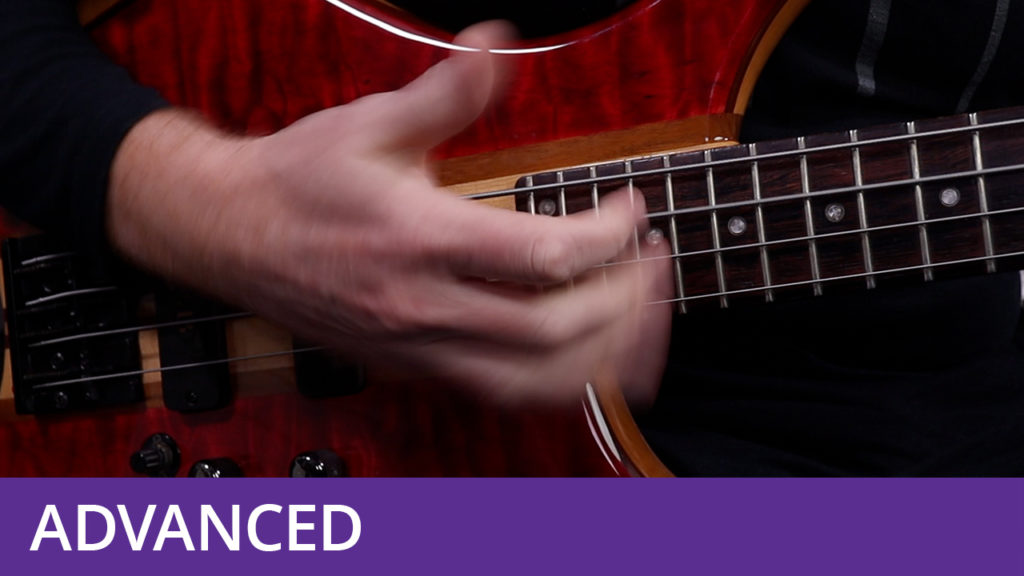Slap Bass Study #3
Course Duration: 1 Hour & 8 Minutes | Difficulty Level: 8
This piece is a challenging slap bass study played using a drop-D tuning. A wide range of techniques are used in this piece including chord strumming, double popping, fretting hand slaps, machine gun triplets and more.
Don’t forget to hit the Download Resources button above in order to download the PDF transcription and audio files for this piece (available to subscribers only). The transcription is available with TAB and without, for those who wish to work on their reading skills.



